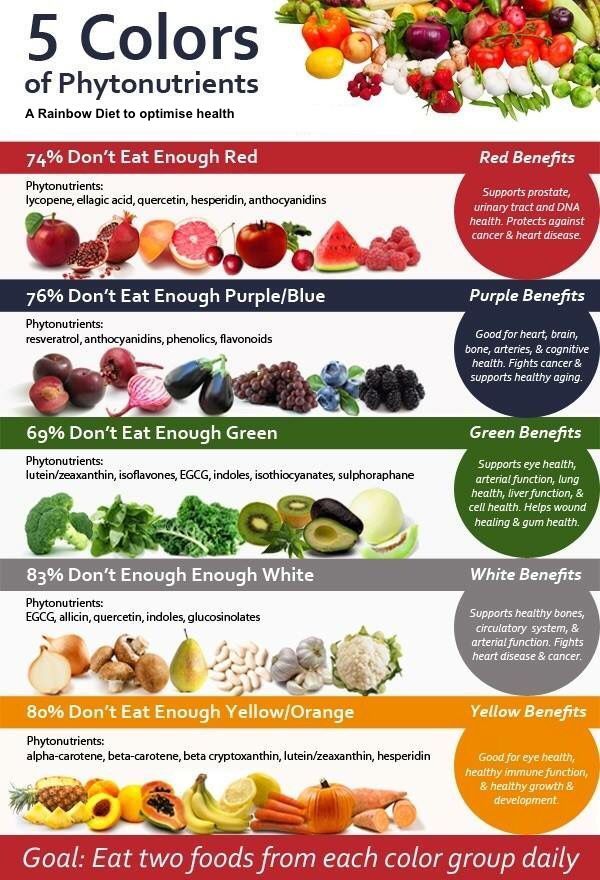
Whether you suffer from rheumatoid or osteoarthritis, a plant-based diet can help reduce swelling and pain. Plant-based diets encourage whole grains, fruits, as well as vegetables. It reduces inflammation in the body and increases the growth of healthy gut bacteria.
In a controlled study, low fat diets were linked to lower osteoarthritis rates. Another study showed that a diet rich in fiber led to a 61 per cent lower risk of osteoarthritis in the knees. Red meat, dairy products and inflammatory foods were reduced by RA patients. This led to improvements in their RA symptoms. Plant-based diets may help with RA, as they can lower C-reactive protein (a marker of inflammation) and reduce the risk of osteoarthritis.
A study by the Physicians Committee for Responsible Medicine (PCRM) found that a plant-based diet can be effective in the treatment of RA. The PCRM reviewed the most current diet-related treatments for RA and discovered that this diet may be beneficial for improving RA symptoms. The PCRM discovered that a plant-based diet led to weight loss, decreased inflammation, and better RA outcomes.

The low-fat vegan diet was associated to lower C-reactive protein levels, and increased pain and swelling among arthritis patients. This might be due to fiber's effect on CRP levels. It is also linked to inflammation.
Studies have shown that a high fiber diet can help with weight loss. Participants on a high-fiber diet lost weight when compared to those who ate dairy products. The diet's impact on inflammation may have been affected by weight loss. Another study found that obese women with osteoarthritis had worse outcomes than those who were normal in weight.
High fiber diets, which are nutrients found only in plants, were associated with a lower risk of osteoarthritis of the knees. A high-fiber diet can also help with RA symptoms, as it reduces inflammation.
A diet that is high in fatty acids, such as trans-fats, can increase inflammation. Cellular degeneration may also be caused by fatty acids. A moderate decrease in fatty acids increases the production of anti-inflammatory chemicals. High-fat diets may also increase the likelihood of developing diabetes. Despite its positive effects on RA that a plant-based diet can have, further research is needed in order to determine its effectiveness.

Numerous studies have confirmed that people suffering from RA can be helped by plant-based diets. More research is needed to determine the biomarkers associated with inflammation. Further research is required to study the effects of a dietary plan based on plants on RA symptoms such joint pain.
The PCRM also found that a plant based diet can be effective in the treatment of osteoarthritis. A controlled randomized trial showed that participants who ate a lot of fruits and vegetables had less RA symptoms. Participants also reported less pain and improved function.
FAQ
Does cold make you weaker?
It's been said that there are two kinds of people in the world; those who love winter and those who hate it. It doesn't really matter whether you love winter or you hate it. You might wonder why you feel so bad when it's cold.
Our bodies were designed to work best in warm climates. We evolved to thrive in hot environments because of the abundance of food resources.
However, our environment is quite different than that of our ancestors. We spend more time indoors and are often exposed to extreme temperatures (cold or heat) and eat processed foods rather than fresh.
This means that our bodies aren’t used to these extremes. It means that when we do go outdoors, our bodies feel tired, sluggish even sick.
There are many ways to avoid these side effects. Keep your body hydrated. Drinking plenty of water will help you keep your body hydrated and flush out toxins.
Also, ensure you eat healthy food. Consuming healthy food helps maintain your body's optimal temperature. This is especially important for those who spend long periods inside.
Consider taking a few moments each morning to meditate. Meditation helps to calm your mind and body. This will make it easier and more effective to deal with stress or illness.
What does it take to make an antibiotic work?
Antibiotics kill harmful bacteria. To treat bacterial infections, antibiotics are used. There are many options for antibiotics. Some can either be administered orally, while others may be injected. Other antibiotics can also be applied topically.
People who have been exposed are often given antibiotics. For example, if someone has had chicken pox, he or she might take an oral antibiotic to prevent shingles later on. For those with strep-thorphritis, an injection of penicillin could be given to prevent them from getting pneumonia.
Doctors should prescribe antibiotics to children. The possibility of side effects that can cause serious side effects in children is greater than for adults.
Diarrhea is one of the most common side effects of antibiotics. Other possible side effects include stomach cramps, nausea, vomiting, allergic reactions, headaches, dizziness, and rashes. Most of these symptoms disappear after the treatment is completed.
How does weight change with age?
How do you tell if there are any changes in your bodyweight?
When the body has less fat than its muscle mass, it is called weight loss. This means that you must consume more calories than you use daily. A decreased level of activity is the main cause of weight loss. Other causes include illness, stress, pregnancy, hormonal imbalances, certain medications, and poor eating habits. A person who has more fat than their muscle mass will experience weight gain. It happens when people eat more calories than they use during a given day. There are many reasons for this, including overeating and increased physical activity.
We eat less calories than we burn, which is the main reason our bodies lose weight. By exercising regularly, our metabolism rates increase which in turn burns more calories during the day. But this doesn't guarantee that we'll lose weight. The important thing is to see if we're losing or gaining muscles. Weight loss is possible if you burn more calories than you consume. But, if we consume more calories then we burn, then they are being stored as fat.
As we grow older, we tend to become slower at moving around and therefore we don't move as much. We also tend have less food to eat than we did when younger. Therefore, we tend to put on weight. On the flip side, we tend to have more muscle mass so we look bigger than we really are.
Without regularly weighing yourself, it's impossible to determine how much weight has been lost. There are many methods to measure your weight. There are many ways to measure your weight. You can check your waist, hips, thighs, arms and legs. Some prefer to use bathroom scales, while others prefer tape measures.
Track your progress by measuring your waistline and weighing yourself every week. You can also take pictures of yourself every few months to see how far you've come.
You can also find out how much you weigh by looking up your height and weight online. You'd likely weigh 180 pounds if you were 5'10 tall and 180 pounds if you were 180lbs.
What is the ideal weight for my height? BMI calculator and chart
Calculating your body mass index (BMI), is the best method to calculate how much weight to lose. Healthy BMI ranges between 18.5 to 24.9. Aim to lose 10 pounds per month if your goal is to lose weight. Simply enter your weight and height into the BMI calculator.
This BMI chart can help you find out if or not you are obese.
Statistics
- WHO recommends consuming less than 5% of total energy intake for additional health benefits. (who.int)
- In both adults and children, the intake of free sugars should be reduced to less than 10% of total energy intake. (who.int)
- nutrients.[17]X Research sourceWhole grains to try include: 100% whole wheat pasta and bread, brown rice, whole grain oats, farro, millet, quinoa, and barley. (wikihow.com)
- The Dietary Guidelines for Americans recommend keeping added sugar intake below 10% of your daily calorie intake, while the World Health Organization recommends slashing added sugars to 5% or less of your daily calories for optimal health (59Trusted (healthline.com)
External Links
How To
27 steps to live a healthy life even if your family eats only junk food
Cooking at home is the best way to eat well. However, this is often difficult because people do not know how to prepare healthy meals. This article will provide some helpful tips for making healthier dining out choices.
-
Consider eating at restaurants that serve healthy meals.
-
Order salads, vegetables and meat before placing your order.
-
Ask for sauces with no added sugar.
-
Avoid fried food.
-
Choose grilled meats over fried.
-
You shouldn't order dessert unless it is absolutely necessary.
-
You must ensure that you have something more to eat after your dinner.
-
Always eat slowly and chew your food thoroughly.
-
Eat water.
-
You should not skip breakfast or lunch.
-
Fruits and vegetables are a great addition to every meal.
-
Drink milk rather than soda.
-
Sugary drinks should be avoided.
-
Reduce salt intake.
-
Try to limit the number of times you go to fast food restaurants.
-
Ask someone to come along if you are unable to resist temptation.
-
You should not allow your children to watch too many TV programs.
-
When you are eating, keep the TV off.
-
Drink no energy drinks
-
Regular breaks from work are important.
-
Exercise early in the morning.
-
Do some exercise every day.
-
Start small, and work your way up.
-
Set realistic goals.
-
Be patient.
-
Find time to exercise even if you don't feel like it.
-
Use positive thinking.